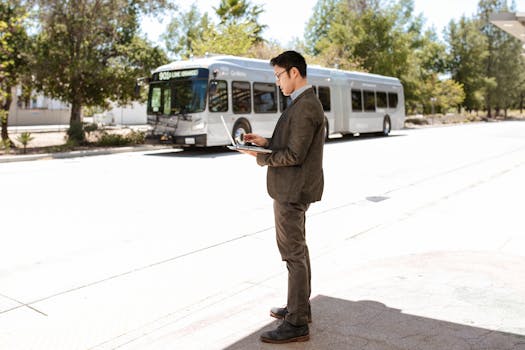Smart Homes and Smart Living: The Technological Transformation of European Homes by 2025
Smart Homes and Smart Living is revolutionizing the way Europeans live, work, and interact with their living spaces. With the rapid advancement of technology, homes are becoming more intelligent, efficient, and sustainable. By 2025, European homes are expected to undergo a significant transformation, integrating cutting-edge technologies that enhance the quality of life, reduce energy consumption, and promote eco-friendliness.
Introduction to Smart Homes
A smart home is a residence that incorporates advanced technologies, such as the Internet of Things (IoT), artificial intelligence (AI), and data analytics, to create a comfortable, convenient, and secure living environment. Smart homes are equipped with sensors, thermostats, lighting systems, security cameras, and other devices that can be controlled and monitored remotely through smartphones or voice assistants.
Trends and Technologies
Several trends and technologies are driving the adoption of smart homes in Europe, including:
- Energy Efficiency: Smart homes are designed to reduce energy consumption through the use of energy-efficient appliances, smart thermostats, and renewable energy sources.
- Home Automation: Home automation systems enable homeowners to control and monitor various aspects of their homes, such as lighting, temperature, and security, remotely.
- Artificial Intelligence: AI-powered devices, such as voice assistants and smart speakers, are becoming increasingly popular in European homes, providing users with personalized experiences and recommendations.
- Internet of Things (IoT): The IoT connects various devices and sensors in the home, enabling them to communicate with each other and with the homeowner, creating a seamless and integrated living experience.
Benefits of Smart Homes
The benefits of smart homes are numerous, including:
- Increased Convenience: Smart homes provide homeowners with the ability to control and monitor their living spaces remotely, making it easier to manage their daily lives.
- Improved Energy Efficiency: Smart homes are designed to reduce energy consumption, resulting in lower energy bills and a reduced carbon footprint.
- Enhanced Security: Smart homes are equipped with advanced security systems, including security cameras and motion sensors, providing homeowners with peace of mind and protection.
- Personalized Experiences: Smart homes can be tailored to individual preferences, providing users with personalized experiences and recommendations.
Challenges and Limitations
While smart homes offer numerous benefits, there are also challenges and limitations to consider, including:
- Cost: Smart home technologies can be expensive, making them inaccessible to some homeowners.
- Complexity: Smart homes require a high level of technical expertise, which can be overwhelming for some users.
- Security Risks: Smart homes are vulnerable to cyber threats and data breaches, compromising user privacy and security.
- Interoperability: The integration of different devices and systems can be challenging, requiring a high level of compatibility and standardization.
Conclusion
In conclusion, smart homes and smart living are transforming the European home, providing users with increased efficiency, convenience, and sustainability. While there are challenges and limitations to consider, the benefits of smart homes far outweigh the drawbacks. As technology continues to evolve, we can expect to see even more innovative solutions and integrated systems that enhance the quality of life and promote eco-friendliness.



